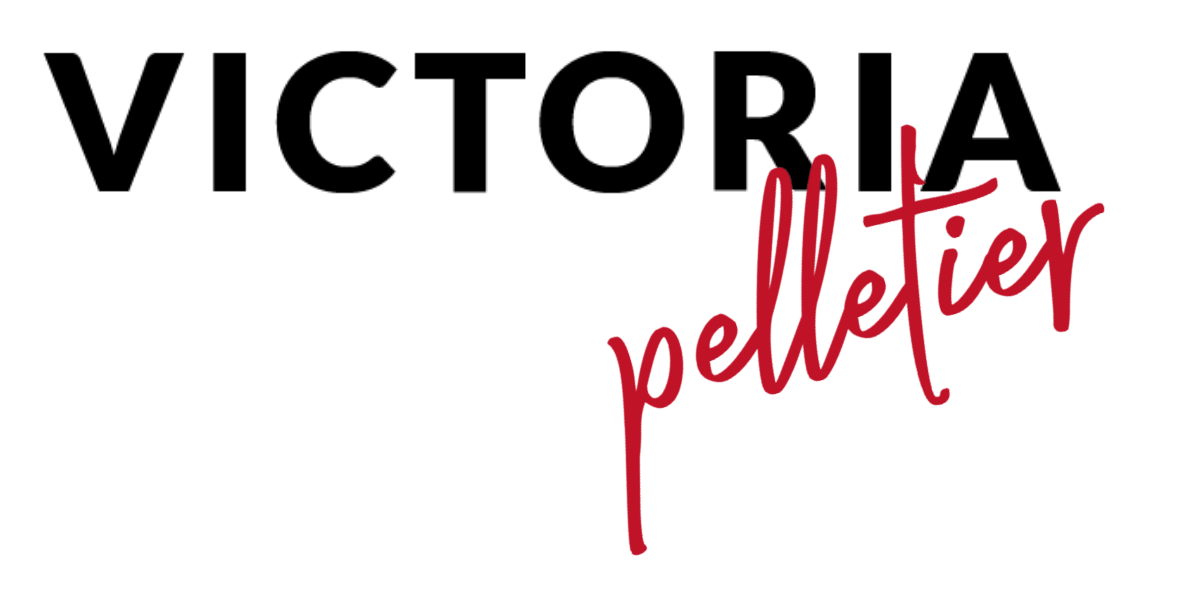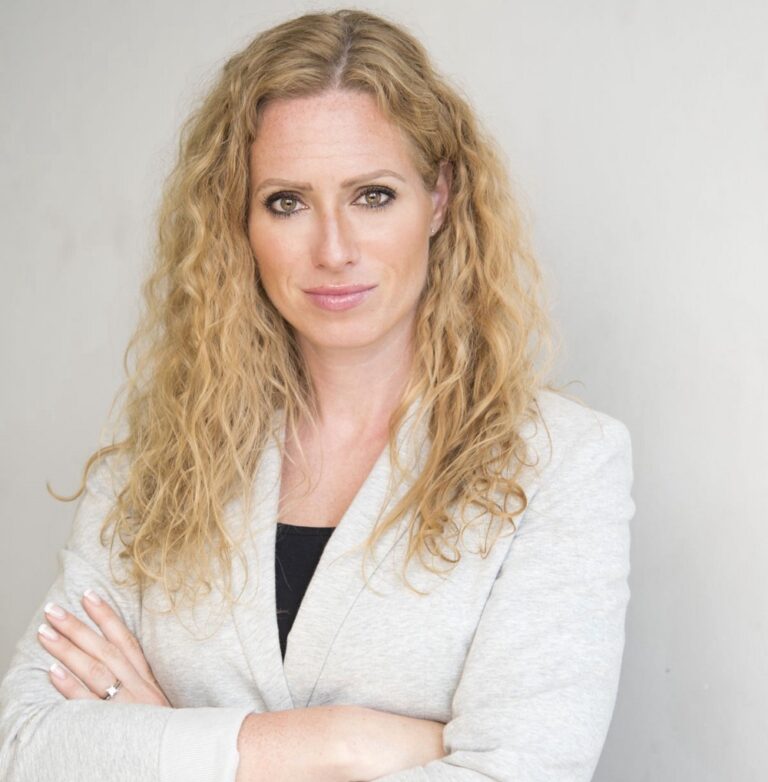Soul & Silicon – Collaborative AI Partnership
“Maya” works at a local hospital in the Surgical/Trauma ICU. She’s new to the job – less than 6 months – arriving with no prior experience in the medical setting. Now before you go on a rant about the demise of US healthcare, there’s something you should know about Maya. She’s an AI-infused robot. Manufactured by one of the numerous tech firms with deep inroads into medicine, Maya transports prescriptions, replenishes hospital supplies, moves files, and, if you ask her to, will bring the nursing staff’s Uber Eats order up from the lobby to the ICU unit. According to some industry estimates, AI bots like Maya give providers 30% more time to focus on patient care. That’s additional time to listen, diagnose, treat, plan, and enhance patient outcomes. That isn’t to say the arrival of Maya was warmly welcomed by the healthcare workers in the ICU. Hospital leaders had to demonstrate to the team that Maya would be a collaborative partner in patient care, not a substitute for RNs and MDs.
The emergence of AI in various sectors, including healthcare, finance, and manufacturing, continues to revolutionize the way we address complex challenges. Characterized by its ability to learn and adapt, AI significantly enhances human capacity to innovate and solve problems with unprecedented efficiency and creativity. In other words, AI continues to provide us with additional bandwidth to imagine the next “big things” for our organizations. The biggest challenge for leaders is to help the humans of the team collaborate with AI platforms, not see them as “replacements.”
Automation = A Different Kind of Work and Worker
At its most basic level of involvement in our settings, AI has the power to accomplish many tasks far more efficiently than we do. This uber-automation of routine tasks, like Maya fetching medications for her healthcare team, frees up her human colleagues for complex tasks. The challenge, as noted in McKinsey & Company’s January piece on Superagency, is determining how companies can “harness AI to amplify human agency and unlock new levels of creativity and productivity in the workplace.” From a leadership perspective, this means communicating how AI will help humans “work better” while upgrading their skills. We already see human and AI collaboration, or “Collaborative AI” advancing in many settings. In manufacturing, AI-powered robots already enhance production efficiency and quality control, providing human agents with additional opportunities to focus on research and development, aesthetics, and product marketing. In the back-office realm of customer service, AI chatbots provide instant, remote support for a range of product and service issues, freeing up human agents to field far more complex queries from customers who are happy, angry, or simply perplexed. Indeed, there are millions of examples of how AI automation already gives us space to make higher-level decisions and use a different toolbox of skills.
Like it or not, this that means the workplaces of the near and far future need more workers who know how to leverage AI and the technologies they fuel, and fewer workers trained to perform simpler activities. This doesn’t mean dismissing workers who aren’t skill-ready for the AI workforce; no, it means reskilling the workers already on the job while we educate a different kind of worker for tomorrow. As leaders, we must deploy transparency and empathy when shepherding our teams through the shift toward Collaborative AI. What might this look like? Well, it means we must deftly communicate the strategic vision of the organization’s AI initiatives to employees BEFORE requiring them to retool their skills. Employees want to know, “Where do I fit” within this strategic vision?” Will I be given the tools to thrive? Will my work matter? Will I eventually be replaced? For leaders, active listening, transparency, and responsiveness to worker curiosity and concern is essential.
From Vision to Action – The Future of Work
Olivia Savage of Kellanova reminds us that as AI continues to reshape the workplace, “it is essential for organizations to embrace this transformation and prepare their workforce for new roles and responsibilities.” YES to this. After communicating the strategic vision for collaborative AI to our teams, we must nurture the shift by redefining jobs and job descriptions, while providing the necessary training for workers to adapt to the change. In Maya’s ICU, for example, respiratory therapists are learning how to use AI-powered respirators to enhance treatment plans and optimize patient outcomes. Morale is high among the therapists because hospital administrators described the technology months before it arrived, helping healthcare workers understand how their expertise would be complemented by the new tech, not eclipsed by it. This is an example for all of us to emulate. Empathize, communicate, and help your workers see their “fit” in the emerging work model.
As Karim Lakhani of Harvard puts it, “AI won’t replace humans—but humans with AI will replace humans without AI.” Let this be a bumper sticker for your leadership in the age of Collaborative AI. Bridging the gap between an AI-inspired strategic vision and the future of work, leaders are tasked with creating and sustaining a culture of openness and learning on behalf of the humans – our team members – who will inevitably work alongside the “Mayas.”



